Contents
Growing champignons in the basement at home is a profitable business that does not require significant financial investments. The process itself is simple, the preparatory work requires much more attention: correctly compose and prepare the substrate for champignons, withstand the necessary conditions in the basement, prepare the room and disinfect it.
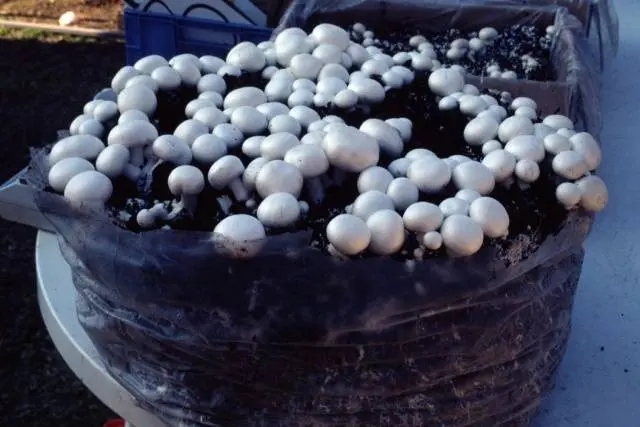
Basement preparation
The basement is the most suitable room for growing mushrooms at home. Since it is easiest to maintain the temperature and humidity required for champignons in it.
Basement walls can be made from any material. Suitable wood, and concrete, and blocks, and brick. The main requirement is for the floor, it must be concreted to avoid the penetration of rodents and insects, groundwater. An earthen basement floor can help increase humidity, which needs to be kept at a certain level for mushrooms to grow.

How to prepare the basement:
- Remove all extraneous things and objects from the basement;
- Disinfect the cellar using a sulfur checker, a 4% formalin solution, whitewash the walls with lime, adding copper sulfate. Spray with dichlorvos in the presence of crawling and flying insects;
- The basement should be insulated in any way. One of the insulation options: the use of expanded polystyrene plates;
- Installation of lighting only for the convenience of work, 1-2 lamps are quite enough. A positive difference between champignons and other mushrooms is that they do not need light for growth;
- Installation of ventilation in the basement of 2 types of air ducts: exhaust and supply. Carbon dioxide, which is formed in large quantities as a result of the decomposition of the substrate, will be removed through the exhaust pipe. And fresh air will flow through the supply ventilation. Both ventilation pipes should be equipped with a fine-mesh metal mesh at the inlet to block access to insects and rodents;

- If the supply and exhaust ventilation method does not fulfill its task, then forced types of ventilation with filters for air purification should be installed. Fans can also improve the air quality in the basement. Make sure that there are no drafts, they are detrimental to the development of champignons;
- Maintain humidity in the basement, its performance should remain at the level of 60-70%. A hygrometer will help control the humidity; it must be purchased and installed;
- Mushrooms need different temperatures at different stages of development. So for the growth of mycelium, a temperature of + 25 ° C + 26 ° C is required. And for the growth of the fruiting body of champignon + 15 ° С + 16 ° С. The temperature in the basement is monitored with a thermometer;
- If the dimensions of the basement allow, then it is better to divide it into 2 parts, then the temperature indicators can be easily maintained;
- In order to make the most of all the available basement space, build racks or shelves on which the mushroom mycelium will be located. Install them in such a way that it is convenient to care for and harvest. Metal racks are convenient, but expensive, wooden ones are no worse. However, they will need to be regularly treated with an antiseptic, as the humidity in the basement is high, which contributes to wood damage by fungus;

- Under the substrate, you can use plastic boxes. They are installed on shelves or racks.
There are no trifles in the cultivation of champignons. Basement preparation is one of the main stages.
Growing champignons on the finished substrate
Growing champignons at home in the basement is possible only when using a special substrate or champignon compost. To reduce the time to obtain mushrooms, you can use a ready-made substrate seeded with mycelium. It is purchased either at a production plant engaged in the cultivation of champignons, or from manufacturers specializing in the production of the substrate.

The purchased compost is brought to their basement, placed on the shelves and waiting for the mycelium to begin to develop and master the entire compost. Then cover soil is poured on top of it. It will take some time to wait, when the mycelium will master the soil, then it will be ready to grow mushroom fruiting bodies.
At present, manufacturers of champignon compost began to press it and pack it in briquettes. This substrate is also already seeded with mycelium. They also offer cover soil. It requires 10 l/1 briquette.
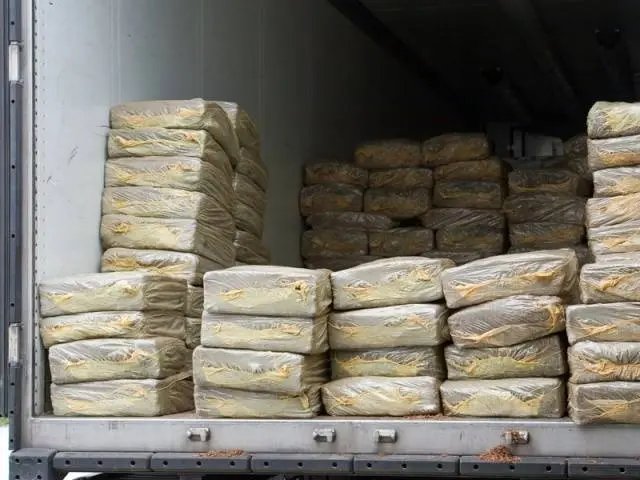
After you deliver the briquettes to your basement, lay it out on racks or shelves closely in 1 layer. Leave it like this for a day so that the temperature inside and outside evens out. Then the top of the package is cut off, so you get a bed 20 cm high and 1,4 m wide for easy care.
Next, the surface of the substrate is covered with newspapers or kraft paper and moistened with a spray gun so that the water does not leak out and does not fall on the compost. Liquid consumption: 200 ml / 1 sq. m beds.
In this state, the substrate in the basement can stay from 2 to 3 weeks. Then you can see that the mycelium has mastered all the compost and came to the surface. It’s time to use cover soil. It is placed on top of the substrate, leveled and well watered using 2 l / 1 sq. m beds. The thickness of the cover layer of the soil is not more than 4 cm. The soil is sprayed every day.
After 4-5 days, the mycelium will germinate into the lower soil layer. Start regular watering 2 times / day, using 1 liter of water / 1 sq. m landings. It will take another 1,5 weeks, then the mycelium will fully master the cover layer of the soil. The stage of fruit formation of champignons begins. Watering is stopped.
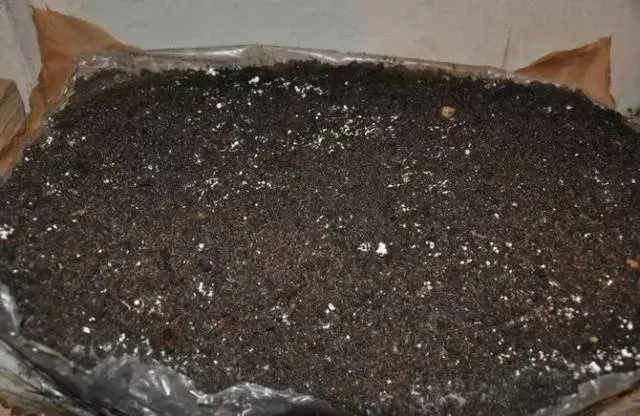
The temperature in the basement should be kept at +14°С+17°С, relative humidity 85-95%. If the technology of growing champignons is followed, then from the moment the cover soil is applied, parts of the mycelium appear on it for about 20 days, and after a while peas – the beginnings of champignons. A day later, they begin to water again, using no more than 1 l / 1 sq. m landings.
After ripening, champignons are harvested by twisting, but without cutting, like all other mushrooms. Inspected for damage, placed in boxes or boxes for further sale or own consumption.
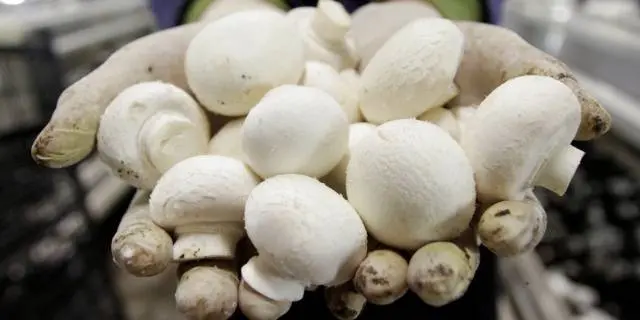
Watch a video on how to grow champignons in the basement:
Self-preparation of the substrate
To significantly reduce the cost of growing mushrooms in the basement, you can prepare the compost yourself. In winter, compost preparation is carried out in a room where the temperature is at least + 15 ° C and there is good ventilation, and in summer it is advisable to carry out the process outdoors under a canopy that will protect the mushroom substrate from precipitation and direct sunlight.
What will be required:
- 100 kg of straw (wheat, rye);
- 100 kg of manure (bird, horse, from cattle);
- 50 kg of tops (potato, tomato);
- 50 kg of wheat grain;
- 2 kg of superphosphate;
- 4 kg of urea;
- 300 L of water;
- 9 kg of gypsum or alabaster;
- 5 kg of chalk.
Part of the straw (30 kg) can be replaced with chopped corn stalks, hay, dry fallen leaves. The best substrate for champignons is obtained using wheat or rye straw, in the absence of such, you can use oat or barley straw. Check the quality of the straw, it should be of a pleasant smell and golden color, with no signs of decay.
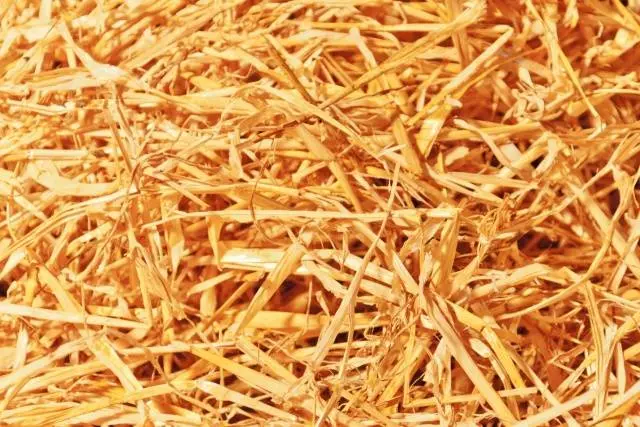
The straw is placed in containers, filled with water, left for 2 days, the water is drained. Then manure is added, mixed well, left for a week, periodically stirring the mass. It is more convenient to alternate layers of straw with manure, watering each layer with warm water.
On the 4-5th day of the fermentation process, superphosphate and urea are poured into the container. There is an ammonia smell. The mass should stand still until the smell disappears, stirring 4-5 more times. After that, it is sprinkled with chalk and plaster, covered with a film and kept for 2-3 weeks. The temperature of the prepared substrate should reach 80°C.
From the above volume of ingredients, a substrate is formed, weighing about 300 kg. It is enough to make beds for growing champignons with an area of 3 square meters. m. Properly prepared substrate slightly springy when pressed with the palm of your hand.
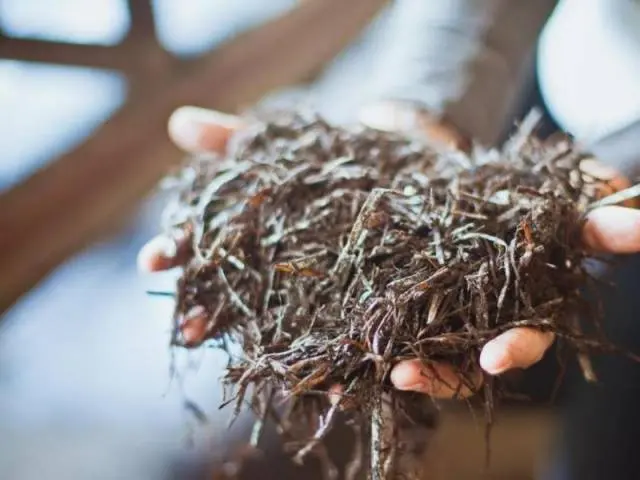
Growing mushrooms in the basement
Ready champignon compost is transferred to the basement, laid out in planting containers. The next step is to place the mushroom mycelium in the substrate, i.e. we go directly to the question, how to grow champignons in the basement? Mycelium is produced in two types: grain (grown on wheat grain) and mycelium on compost. Both are industrially grown under sterile conditions.
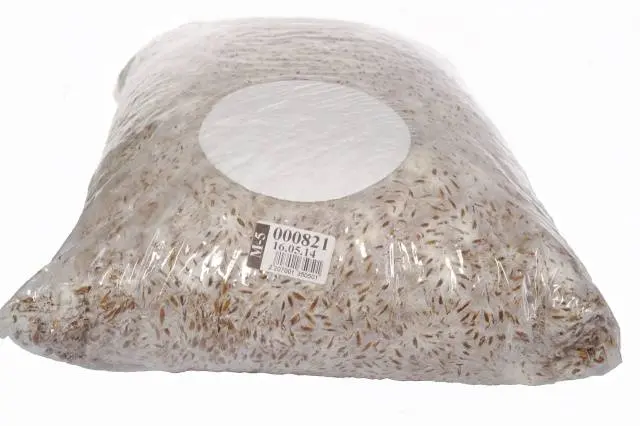
To sow champignons per 1 square meter of substrate, you will need 0,4 kg of grain mycelium or 0,5 compost mycelium. For planting, small 5 cm deepenings are made in the interval of 20×20 cm. Compost mycelium is laid. Grain spores of champignons are placed on the surface and barely sprinkled with compost.
The substrate is covered with a cloth, newspaper or kraft paper, sprayed with water from a spray bottle, preventing drying out. In 2-3 weeks, the mycelium will grow and master the entire volume of compost. You can see whitish threads on its surface.
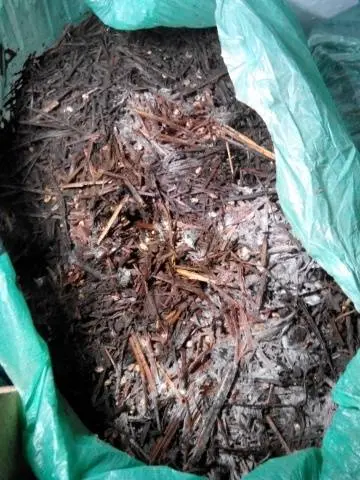
Next, you need to pour a layer of casing soil: 4 volumes of soil, 1 volume of limestone, 5 volumes of peat. In the final stage of incubation, the mycelium grows into the casing soil and is ready to form mushroom fruiting bodies.
As soon as you see that white peas have formed on the surface of the soil, you should lower the temperature or move the planting containers to another part of the basement. There, the temperature should be kept at + 12 ° С + 17 ° С, comfortable for forcing fruiting bodies or mushroom growth. Humidity will be 75-95%.
After 3-4 months, you can get the first champignons. Don’t let them get too ripe. The mushroom, ready for harvest, has a white film under the cap, brown plates should not be visible. The fruiting body of the champignon is carefully twisted, in no case is it cut off, otherwise the remains of the stem can rot and lead to the death of the mycelium.
After removing the champignon from the place of growth, the recess is sprinkled with soil. In the next 2 weeks, the harvest will actively keep up. If the substrate has been prepared correctly, the conditions for temperature and humidity are met, then it is quite possible to remove at least 8 crop waves. Then the yield of champignons will sharply decline.
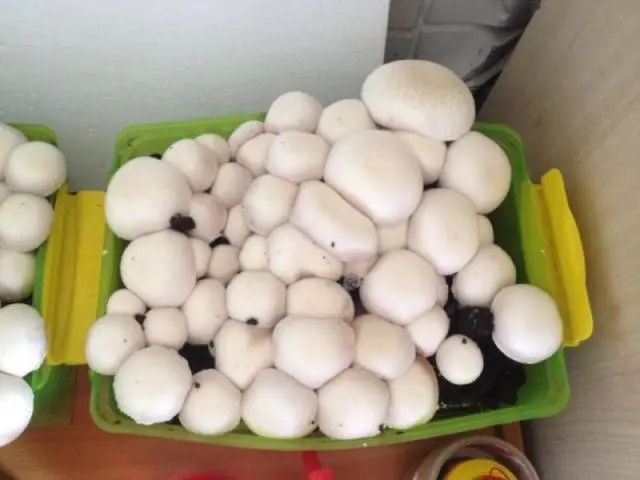
Harvest should be stored in the refrigerator in boxes or crates, without stacking many layers. Be sure to conduct a visual inspection of the mushrooms for rot, the presence of dark spots, otherwise you can lose a whole batch of champignons.
Conclusion
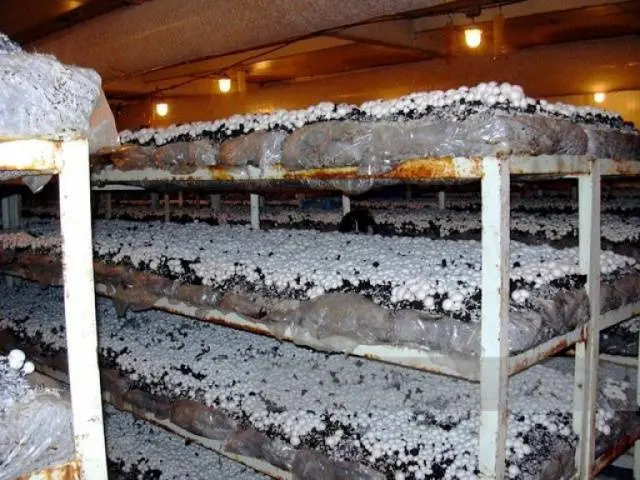
Growing champignons at home in the basement is quite realistic and not as difficult as it seems. Pay close attention to preparing the basement, disinfect, insulate, if necessary, set up a ventilation system, observe humidity and temperature, properly prepare the substrate for champignons and buy high-quality planting material from trusted suppliers. These are the components of a successful harvest when growing champignons in the basement.
Cultivation of champignons does not require special knowledge and significant material investments. But it can become a favorite profitable business.











